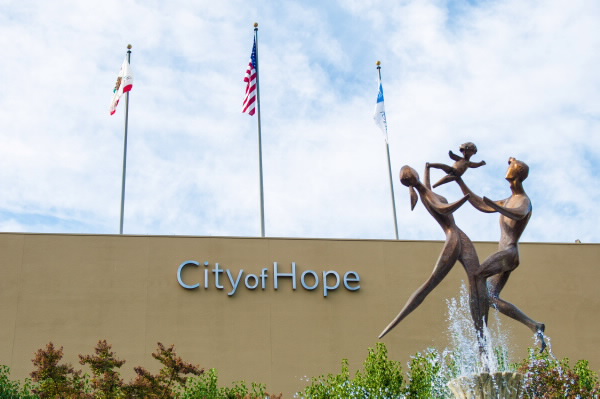
Duarte-based City of Hope has nabbed $32 million in the latest round of grants announced last month from the California Institute for Regenerative Medicine, otherwise known as the state stem cell research agency.
It’s one of the largest hauls by City of Hope in a single round of grants from the stem cell institute.
That stem cell agency was created in 2004 when California voters approved Proposition 71, which also raised $3 billion toward the effort. Voters approved another $5.5 billion for the agency in 2020. The agency has awarded about $3.5 billion to date to more than 2,700 research projects and 78 clinical trials.
The $32 million awarded to City of Hope in this round, announced on July 27, comes in three separate grants: nearly $12 million to a team led by researcher Elizabeth Budde for chimeric antigen receptor engineered T-(immune) cells to treat a form of leukemia; $11.3 million to a team led by researcher John Zaia for a similar T-cell technology to treat HIV; and $9 million to a team and its principal investigator, Ryotaro Nakamura, for immunotherapy research to treat severe aplastic anemia.
Budde’s team will use its $12 million award to develop and conduct a clinical trial for its engineered T-cell approach to treating acute myeloid leukemia, which has the highest mortality rate of all blood cancers.
“It is critical to find more effective therapies for patients whose AML has relapsed,” said Budde, who is a City of Hope associate professor in the department of hematology and hematopoietic cell transplantation.
The other T-cell research project, led by gene therapy department researcher Zaia, is targeting HIV, the virus that causes AIDS.
Zaia’s team will test an approach City of Hope scientists developed in which a patient’s immune T cells are engineered to target both the HIV antigen and a common virus that infects most of those living with HIV. The aim is to eliminate reliance on other antiviral drugs.
“We are hopeful that this will provide another treatment option for patients with this devastating disease,” said Nakamura, who is a professor in hematology and hematopoietic cell transplantation.
